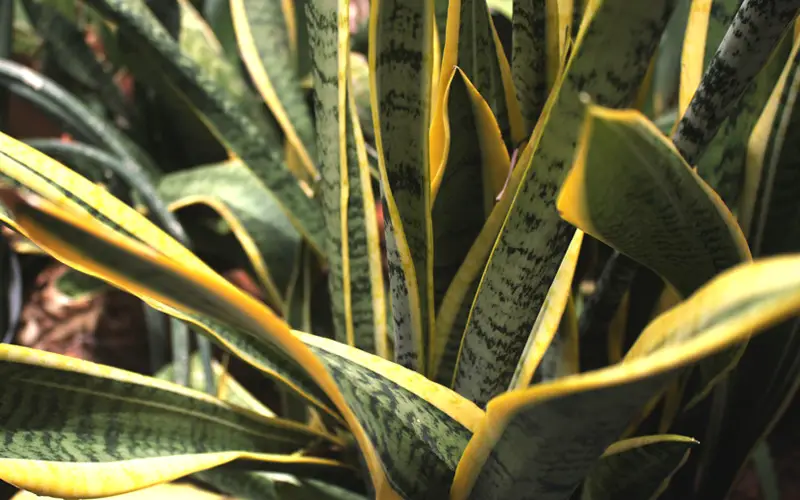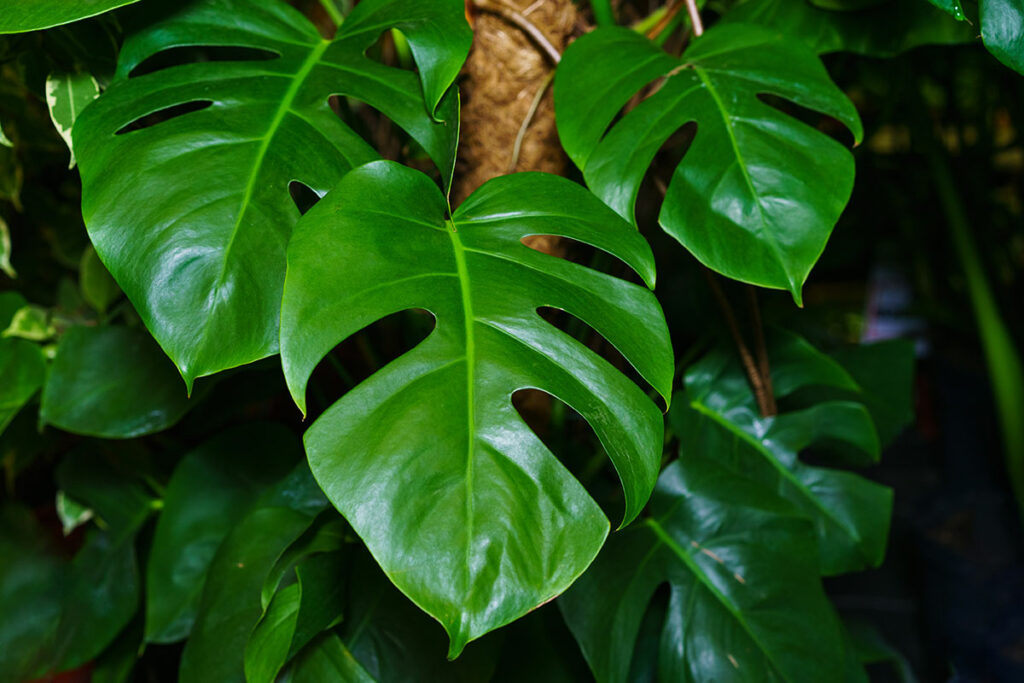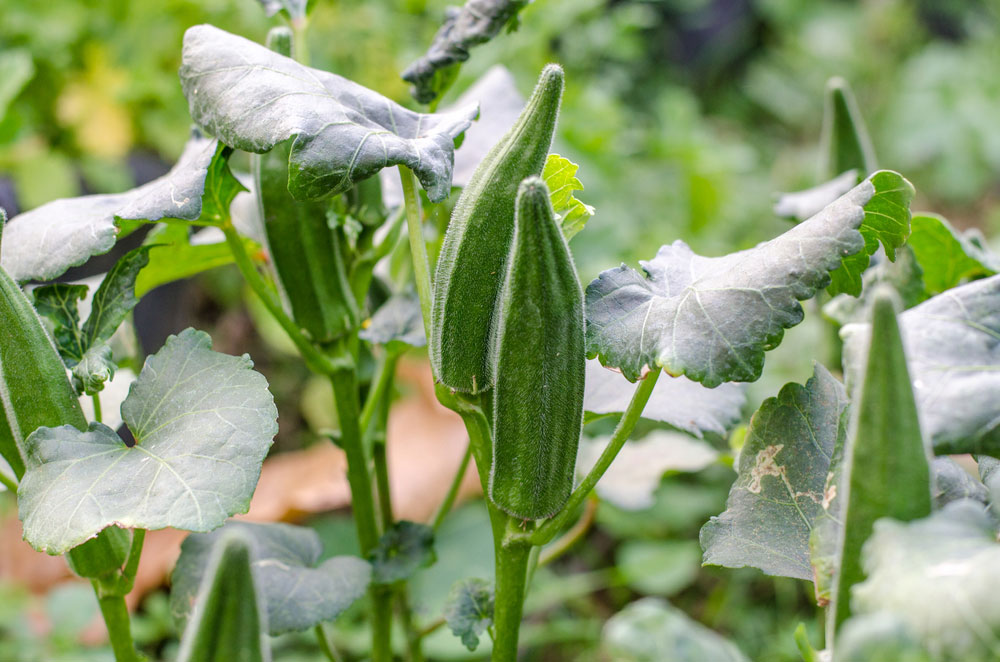
As a gardening enthusiast, I’ve always been fascinated by the quirky, effective ways we can boost our plant’s growth using everyday kitchen scraps.
One of my favorite discoveries? Banana peels as fertilizer! It turns out, these slippery leftovers are packed with nutrients that some plants absolutely adore.
The Benefits of Banana Peel Fertilizer
Banana peels are more than just compostable waste; they’re nutrient-rich boosters for garden plants. I’ve discovered that incorporating them into your garden not only recycles kitchen scraps but also enhances plant health and growth.
Rich in Potassium
Banana peels are famously packed with potassium, essential for plant health. This mineral plays a critical role in various plant processes including water uptake, enzyme activation, and photosynthesis. When I use banana peel fertilizer, plants like tomatoes and peppers show notable improvements. They exhibit stronger root systems, improved flower quality, and enhanced fruit production. For example, tomato plants with banana peel additions tend to produce juicier and more abundant tomatoes.
Other Nutrients and Benefits
Besides potassium, banana peels contain important nutrients such as phosphorus, calcium, and magnesium. These contribute to the overall health of plants by supporting cellular production and helping in photosynthesis.
Magnesium, for instance, is vital for chlorophyll production, which is essential for photosynthesis. I find that using banana peel fertilizer not only promotes healthier, greener leaves but also increases resistance to diseases.
Phosphorus helps in flower and root development, boosting the blooms in plants like roses and marigolds. Moreover, the eco-friendly aspect of using banana peels as fertilizer aligns with sustainable gardening practices, reducing waste and chemical inputs.
How to Prepare Banana Peel Fertilizer
Transforming banana peels into an effective fertilizer is a straightforward process that capitalizes on the nutrient-rich nature of these common household scraps. Here’s how I like to prepare and use them in my garden.

Composting Banana Peels
Composting banana peels is a fantastic method to enrich the compost with essential nutrients. I start by ensuring the peels are chopped up to speed up their decomposition process in the compost bin. Here, they break down and release potassium, phosphorus, calcium, and magnesium, which collectively improve soil fertility and structure.
For best results, I mix the peels with other compost materials like dry leaves, vegetable scraps, and garden clippings, maintaining a balanced mix of green and brown components to support effective composting.
Direct Application Methods
For a more immediate impact, I apply banana peels directly to the soil. One technique involves drying and grinding the peels into a powder, which I sprinkle around the base of the plants.
This method is particularly useful for feeding specific plants that favor potassium, such as tomatoes and orchids.
Alternatively, I sometimes soak fresh banana peels in water for about 48 hours to make a nutrient-rich tea. After removing the peels, I use the liquid to water my plants, providing them with a healthy dose of nutrients instantly.
Top 10 Plants That Love Banana Peel Fertilizer
Banana peels provide a rich source of nutrients, making them excellent fertilizers for various plants. Here, I’ll dive into the top plants that thrive with this natural and eco-friendly option.
Roses

Roses flourish when fed with banana peel fertilizer, as it enhances photosynthesis and promotes vibrant, healthy blooms. By burying banana peels around the base of rose bushes, they absorb essential nutrients that contribute to their overall vitality.
Tomatoes

Tomatoes require magnesium to prevent blossom end rot, a common issue that banana water effectively mitigates. The added magnesium from banana peels, when used as a liquid fertilizer, ensures strong cell growth and fruit development.
Peppers
Peppers, much like tomatoes, greatly benefit from the magnesium in banana peel fertilizer. This nutrient supports photosynthesis and helps in the production of healthy fruits. Regular application can lead to robust pepper plants full of vibrant pods.
Snake Plants

Known for their hardiness, snake plants respond well to the potassium and magnesium from banana peels. These nutrients aid in strengthening the plant’s structure and improving overall resilience.
Pothos

This tropical houseplant can benefit from the additional nutrients provided by banana peel water.
Monsteras

Monsteras enjoy the phosphorus and potassium found in banana peel fertilizer, which are crucial for their flowering and overall growth. These nutrients help maintain the lush, tropical look that makes Monsteras so popular.
Philodendrons

Philodendrons use the rich mix of nutrients from banana peels to support their health and enhance flowering. The slow-release properties of the fertilizer ensure a long-term benefit, keeping the plants happy and vibrant.
Ferns

Ferns, especially varieties like the staghorn, thrive on the slow-release properties of dried banana peels. These provide a consistent supply of nutrients, which is perfect for the consistent growth needs of ferns.
Air Plants

Air plants benefit from the potassium in banana peel tea which can be sprayed directly onto their leaves. This method helps in enhancing nutrient absorption without compromising the plant’s air-based root system.
Okra

Okra plants respond well to the high potassium content in banana peels, promoting strong stem development and faster growth. Utilizing banana peel mulch around okra can significantly increase yield and overall plant health.
By incorporating banana peel fertilizer into your gardening routine, you’re not only feeding your plants but also participating in a sustainable practice that benefits the environment. Each of these plants shows noticeable improvement in health and productivity with regular application.
Additional Tips for Using Banana Peel Fertilizer
Using banana peel fertilizer offers a sustainable and efficacy-driven approach to nourishing various plants.
Let’s explore the optimal manner and precautions necessary when applying this natural resource.
Frequency of Fertilizing
Determining the right frequency for using banana peel fertilizer depends on the type of plants you’re nurturing. For indoor plants, such as monsteras and philodendrons, integrating small chunks of banana peel into the soil once a month effectively enriches the soil without overwhelming the plants with nutrients.
Conversely, outdoor plants like roses and tomatoes thrive with more frequent applications; here, using banana peel every two weeks during the growing season maximizes their bloom and fruit production.
It’s crucial to monitor the plant’s response and adjust the frequency accordingly to prevent nutrient overload, which might hinder growth.
Precautions to Consider
While banana peels are beneficial, there are some precautions to keep in mind to avoid adverse effects.
First, always use dried and cleaned banana peels to prevent any fungal growth that fresh peels might encourage.
Chop or grind the peels finely to ensure they decompose more quickly and to prevent attracting pests, which are drawn to larger pieces of organic waste.
Additionally, balance the application of banana peel fertilizer with regular soil assessments, ensuring that the soil’s pH and nutrient balance remain conducive to plant health.
This approach helps maintain an optimal environment for plant growth without the risk of nutrient toxicity or pest issues.












